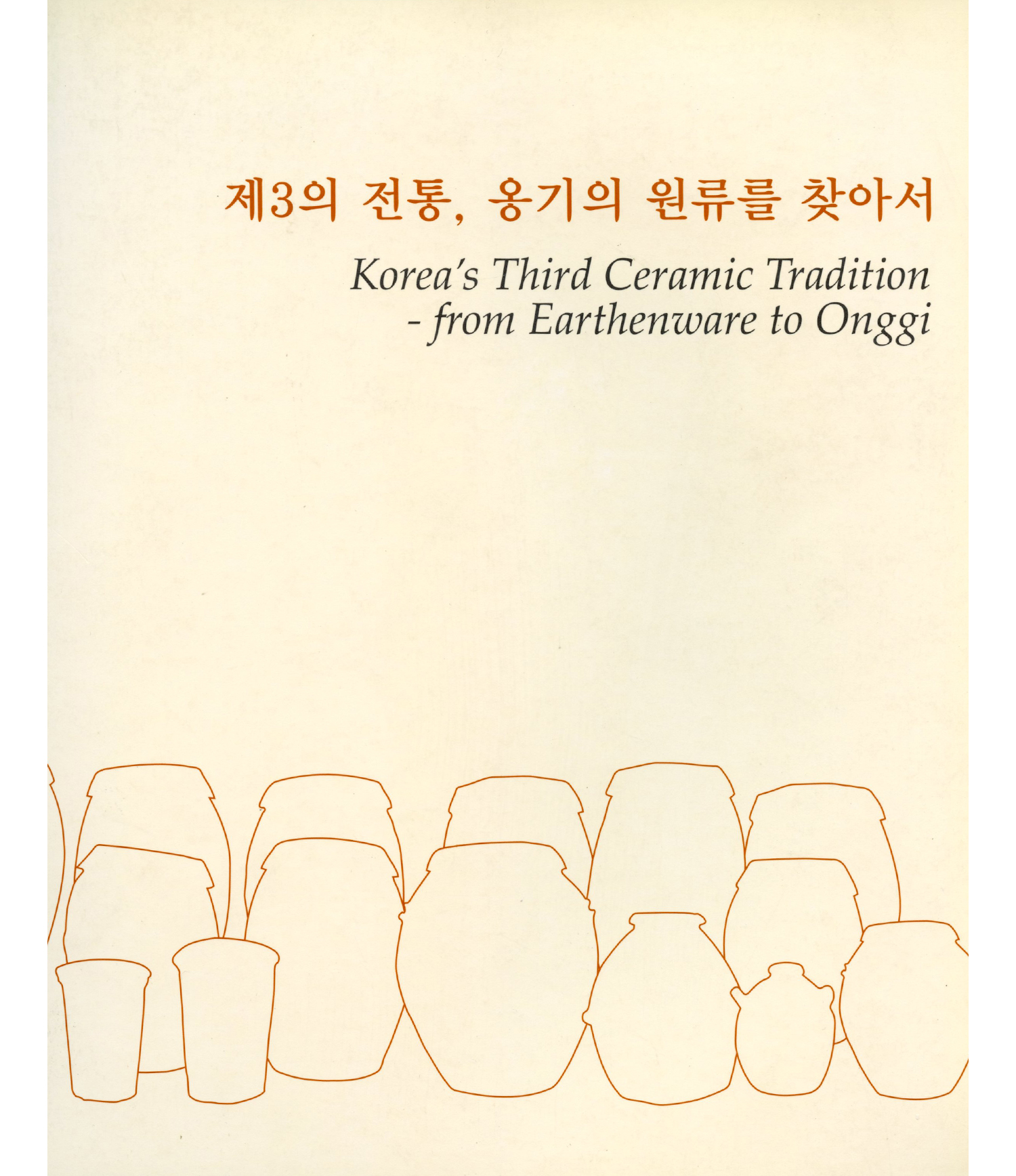
- The 3rd Tradition, Searching the Origin of Earthenware
- 전시장소Ewha Womans University Museum
- 전시기간2000.09.05. . - 2001.02.20. .
Since Koreans first made earthenware in prehistoric times, it has been used in everyday life as a medium for storage, transportation, fermentation, and heating. Koreans created and developed glazed and unglazed earthenware from the Three Kingdoms period (57 B.C.-668), through the Unified Silla period (661-935) and the Goryeo dynasty (918-1392), all the way up to the Joseon dynasty (1392-1910). This vibrant and natural earthenware, a reflection of traditional beauty, was originally used to store fermented foods such as soybean paste and kimchi, a tradition that continues to this day. However, earthenware was long considered of little importance in the history of Korean ceramics as it was overshadowed by the glamour of celadon and white porcelain from abroad. Earthenware was merely considered a traditional craft, and its historic or artistic features were not emphasized. That is why the Ewha Womans University Museum designated earthenware as "the 3rd tradition," along with celadon and white porcelain, and held an exhibition to stress its historic and artistic values. Earthenware with comb patterns from the Neolithic period (5000 B.C.-1000 B.C.), earthenware caskets from the Baekje kingdom (18 B.C.-660), jars from the Goguryeo kingdom (37 B.C.-668), large jars from the Silla kingdom (57 B.C.-668), the earliest known example of Korean glazed ceramic ware, which was discovered in Yeongam-gun, Gurim-ri and dates from Unified Silla, and various glazed and unglazed ceramics and earthenware were displayed, showing the origins and flow of the history of earthenware. Some 170 pieces of ceramics and earthenware were exhibited, among which approximately 20 were from other museums or personal collections.